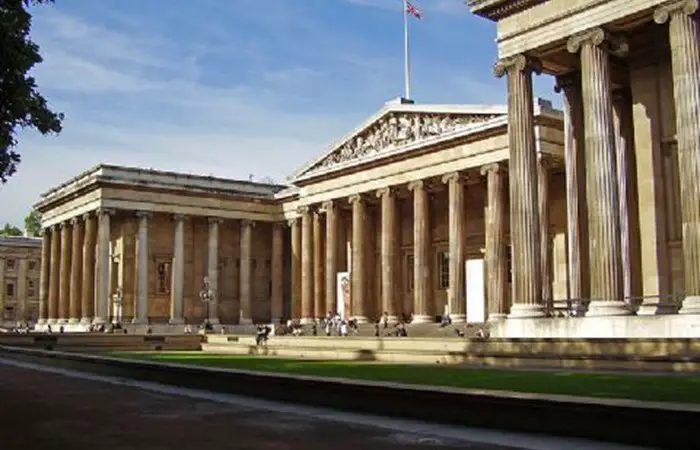British Museum: The Horse exhibition NEWS

Planning its first exhibition devoted to the horse, the British Museum will showcase a display tracing the story of the animal across thousands of years of human history.
Ranging from a stylised figure which decorated a harness aged at 3,000 years old, to Hambletonian and Diamond, Georgian thoroughbreds commemorated on a gamblers gaming chip, when Hambletonian won an amazing 3,000 guinea prize after beating Diamond at Newmarket in 1799 by a short head.
John Curtis, museum curator says 'There are probably horses somewhere in every gallery in the museum, from Assyrian sculptures to coins. They're so familiar and ubiquitous they mostly go unnoticed. We want to bring them together and show their importance in history. The horse was an engine of human development and, until a generation ago, part of the everyday experience of life even in the heart of London.'
In Victorian London, there was such a huge number of horses that one sombre calculation concluded by the turn of the 20th century, the city would be buried under a rising heap of dung and become uninhabitable.
'And now they're gone completely in one lifetime,' co-curator Nigel Tallis sadly adds, 'Many city dwellers will never see a horse in the street except police horses and the odd procession, and yet from mews to horse troughs, the city is still full of evidence of their day.'
The exhibition hopes to bring together scores of horses from the museum's very own collections, including a miniature golden horse drawn chariot, estimated to be at least 2,500 years old, part of the hoard of ancient Persian gold of the Oxus Treasure.
Including loans of paintings by George Stubbs, panoramic photographs of horses incised on rock faces, possibly thousands of years old, clay tablets promising gifts of horses, newly excavated carvings from Saudi Arabia, and wonderful harness decorations, some made from pure gold.
A skilled archer on horseback was the most dangerous weapon in any war, until the development of artillery. This exhibition includes two complete sets of western and Islamic horse armour from the royal armouries.
Domesticated at least 5,000 years ago, and probably far earlier, for meat initially and then transport, the horse has transformed how man could travel and the amount he could carry. The exhibition follows the evolution of the swift, elegant Arabian horses, associated with Muhammad and King Solomon in legend. They were prized higher than gold, said to have been crafted by angels, or born from the wind, and made suitable gifts for emperors and princes.
Their high arched necks and distinctive tails can be noted in Assyrian sculptures, ancient Greek vases, and Egyptian wall paintings, and the exhibition will also trace bloodlines of all modern thoroughbreds back to three famous Arabian stallions, imports to England in the 18th century: The Darley Arabian, the Godolphin Arabian and the Byerly Turk.
Curator, Curtis whose career as an archaeologist has been dedicated to the ancient near east, will testify to their speed. When leaving a site visit in Iran, his horse bolted upon sensing his departure, and left him clinging to its mane.
Other loans from the Fitzwilliam Museum, Cambridge, trace the history of the Crabbet Arabian Stud, complete with a Bedouin tent for visitor's entertainment.
Timed to coincide with the Olympic Games, the free exhibition: The Horse: Ancient Arabia to the Modern World will open in May this year and run until late September. It has also been considered as a diamond jubilee gift to a well-renowned horse owner, the Queen.

 Popular
Popular Recent
Recent Comments
Comments



















 Jeff Dunham: Seriously!? Comedy Icon Announces UK Arena Tour for 2020
Jeff Dunham: Seriously!? Comedy Icon Announces UK Arena Tour for 2020
 odome set to revolutionise event marketing
odome set to revolutionise event marketing
 Edinburgh Cocktail Week
Edinburgh Cocktail Week
 Calvin Harris new album 18 Months
Calvin Harris new album 18 Months






